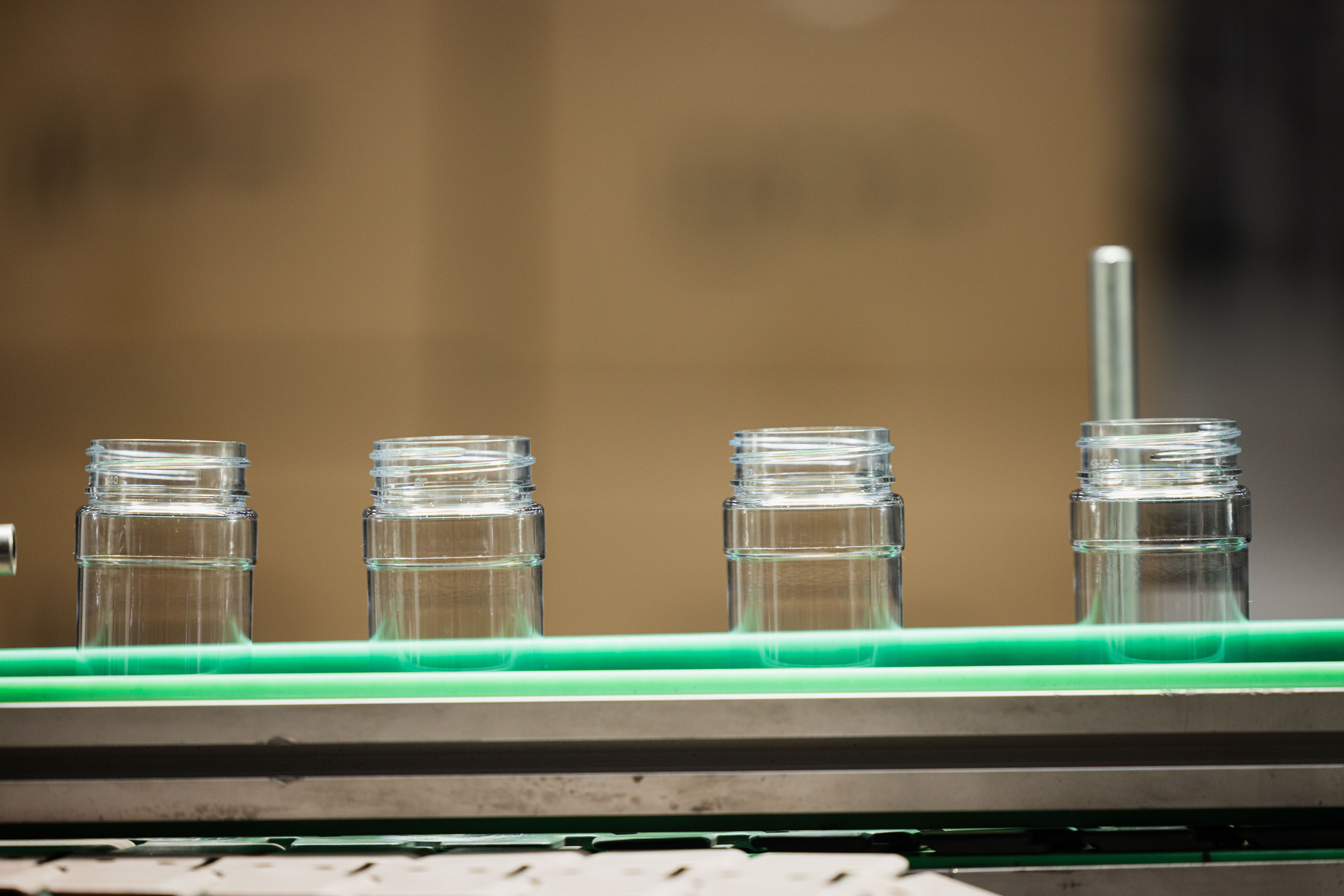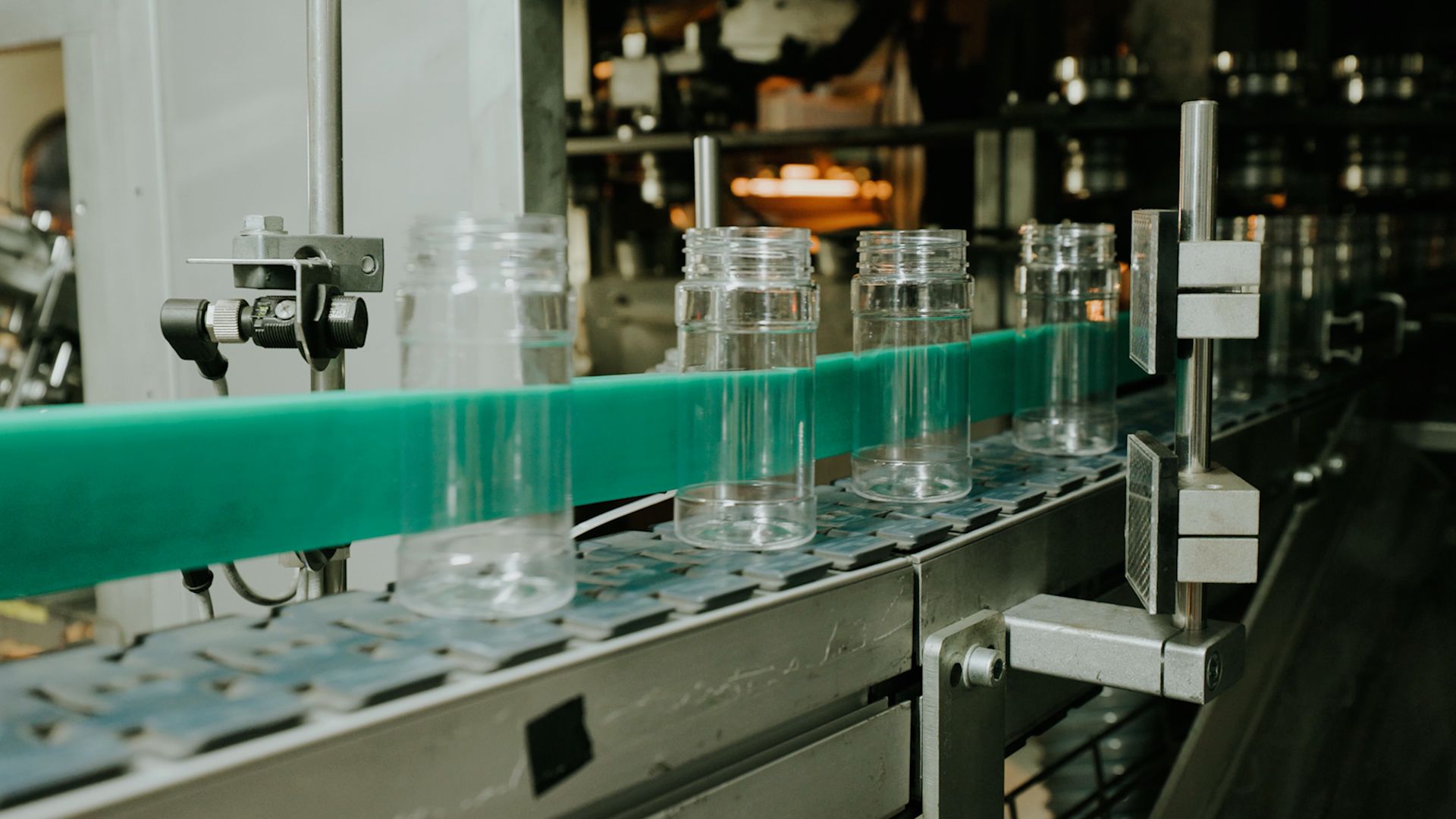What Role Does Recycled Plastic Play in Environmental Sustainability?
One of the keys to
environmental sustainability is understanding where the products we buy come from and what we should do with them when we’re done with them. It seems simple enough, but things can sometimes get quite complex.
Take the plastic bottle, for example. They’re found just about everywhere–in supermarkets and grocery stores, in homes and offices, and (sadly) littered on our streets and in our oceans. The plastic bottle has a complicated lifecycle (from production to disposal) that significantly impacts the environment.
Fortunately, businesses and consumers alike can take steps to reduce the problems caused by plastic bottles by simply recycling them.
Fact #1: Plastic Bottles Can Be Easily Recycled
Most retail plastic bottles are made from PET (polyethylene terephthalate). This material is ideal for single-use water bottles because it’s strong, lightweight, and easy to recycle. Recycled PET is also known as rPET.
The recycling process includes several stages, but basically it can be boiled down to this: the bottles are collected from a central location, shredded along with other PET products, and then melted down to form pellets. These pellets are then used as raw material for manufacturing new plastic goods.
Fact #2: Recycling Bottles Requires Less Energy Than Producing New Ones
It takes
75% less energy to recycle a bottle than it does to produce a new one from virgin plastic. By some estimates, this is the energy savings equivalent of
taking 360,000 cars off the road.
Interestingly, recycled bottles also
reduce water consumption by 80-85% over the production of new bottles.
Fact #3: Recycling Bottles Reduces Environmental Litter
According to the non-profit organization
Plastic Oceans, 14% of all litter consists of beverage containers. By recycling plastic bottles, we can help reduce the amount of litter on our streets, waterways, and oceans.
This is particularly important as
plastic bottles take about 450 years to break down and they never fully biodegrade.
Fact #4: Plastic Bottles Cannot Be Recycled Infinitely
While some brands pride themselves on using rPET exclusively in their bottles, PET/rPET can only be reused a limited number of times. When PET is first manufactured, it contains long polymer chains (which is what makes it such a lightweight and flexible material).
However, each time the plastic is recycled and reused, some of these polymer chains break down. When enough chains become broken, the plastic is no longer suitable for making bottles. That said, it can still be used in a variety of other products, including polyester carpet fiber, upholstery, and fiberfill for sleeping bags.
Fact #5: More Bottles Are Being Recycled Than Ever Before, but It’s Still Not Enough
According to the
latest data released by the EPA, 910,000 tons of PET containers were recycled in the U.S. in 2018. And while that is certainly a lot of plastic to keep out of the landfill, it represents only 29.1% of the PET produced that years.
Environmental Sustainability
Here at Plascene, we take environmental sustainability seriously. Our goal is to do what’s best, not just for our customers, but for the environment as a whole. Naturally, we can’t do it alone. But by partnering with like-minded customers, we can take the necessary steps to preserve our planet while meeting the needs of current and future generations.
References
How Is the Growing Plastic Waste Problem Impacting America? –
World Economic Forum
Containers and Packaging: Product-Specific Data –
U.S. Environmental Protection Agency
Recycling Polyethylene Terephthalate –
The Balance
What’s the Deal with rPET? –
EarthHero
The Facts –
Plastic Oceans

How Recycled Polypropylene (rPP) Is Changing the Future of Packaging in the U.S.





